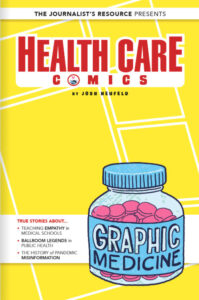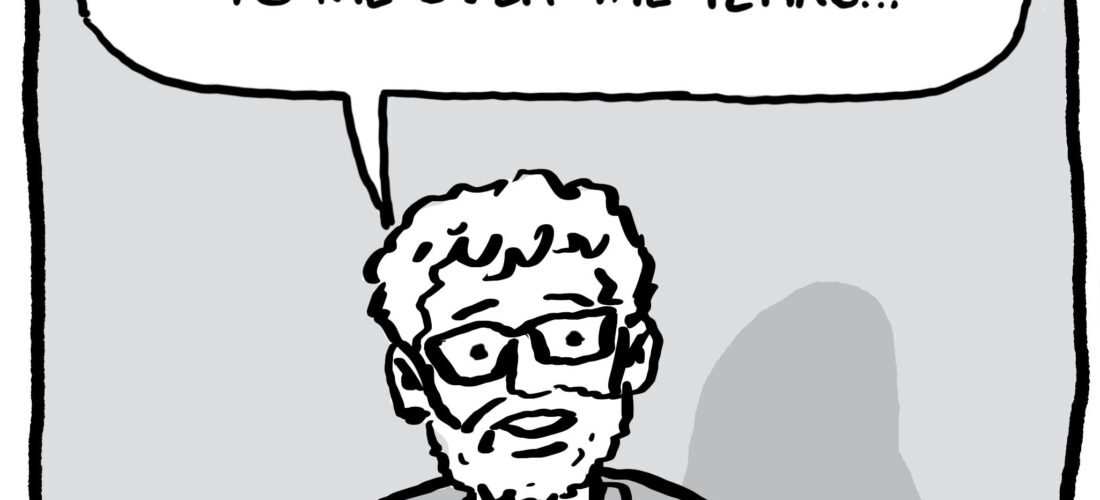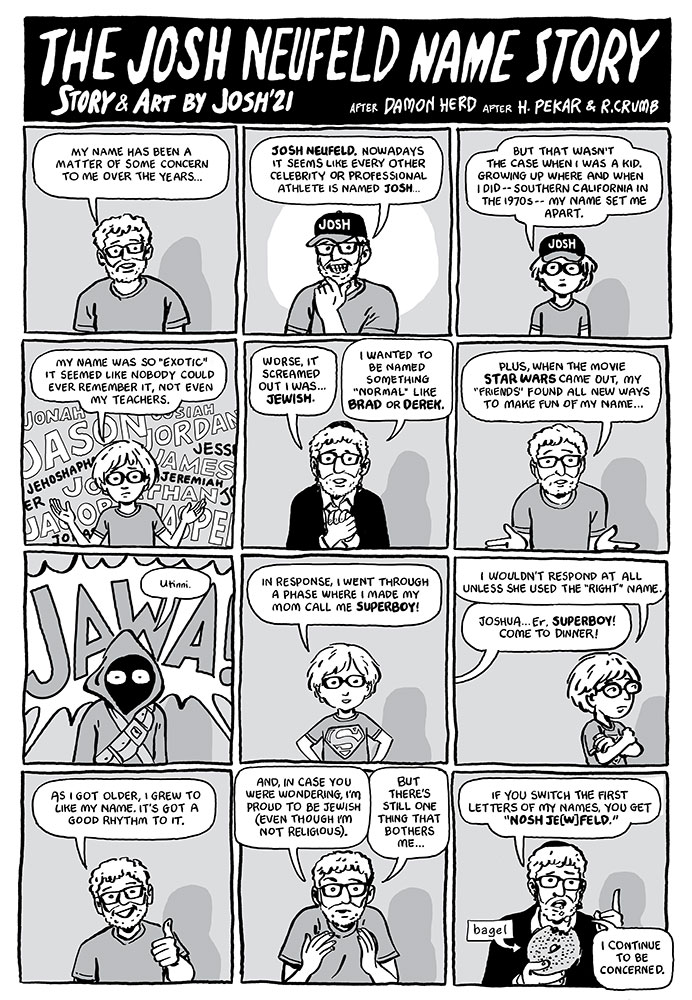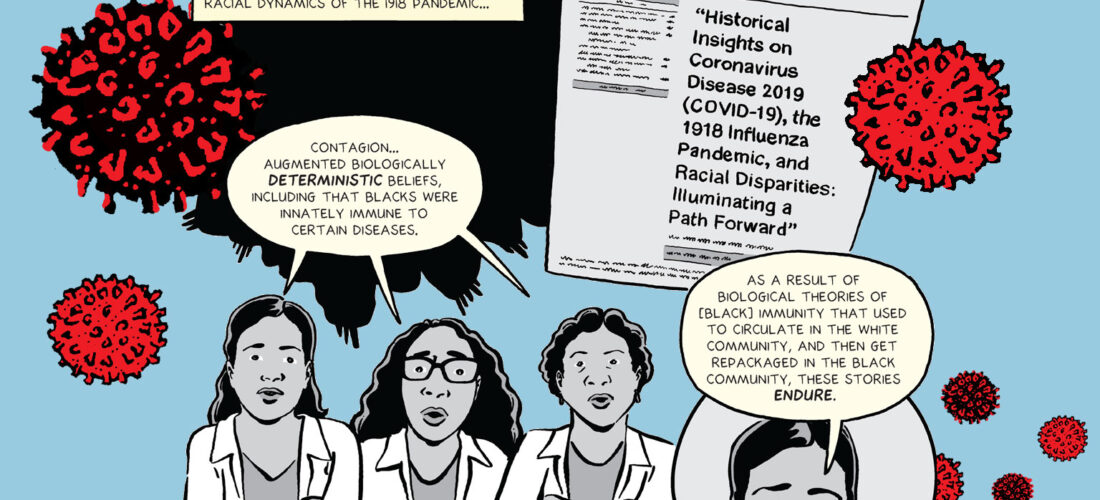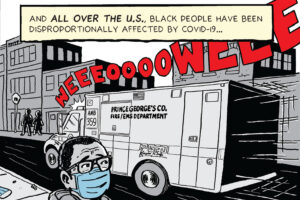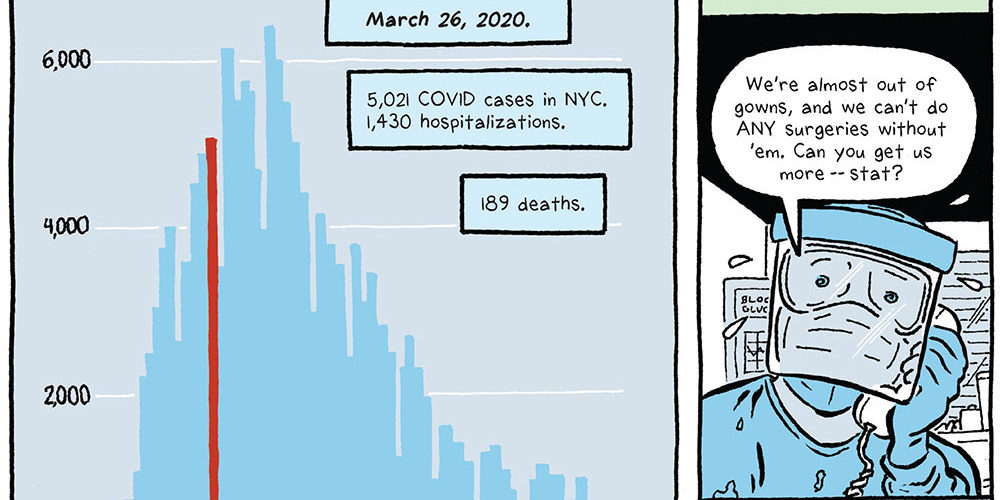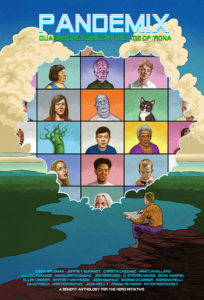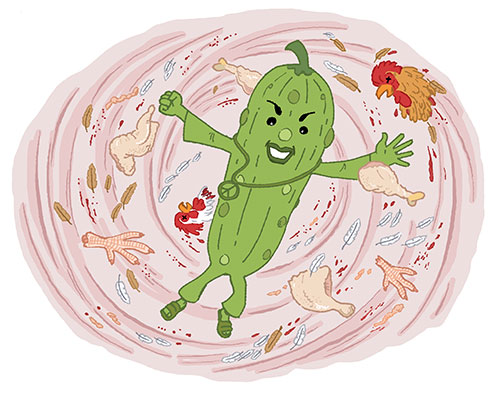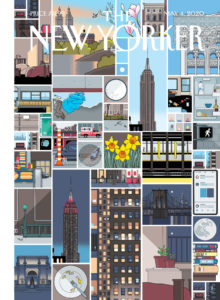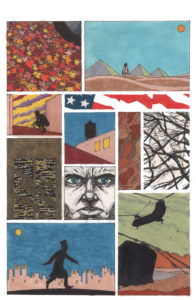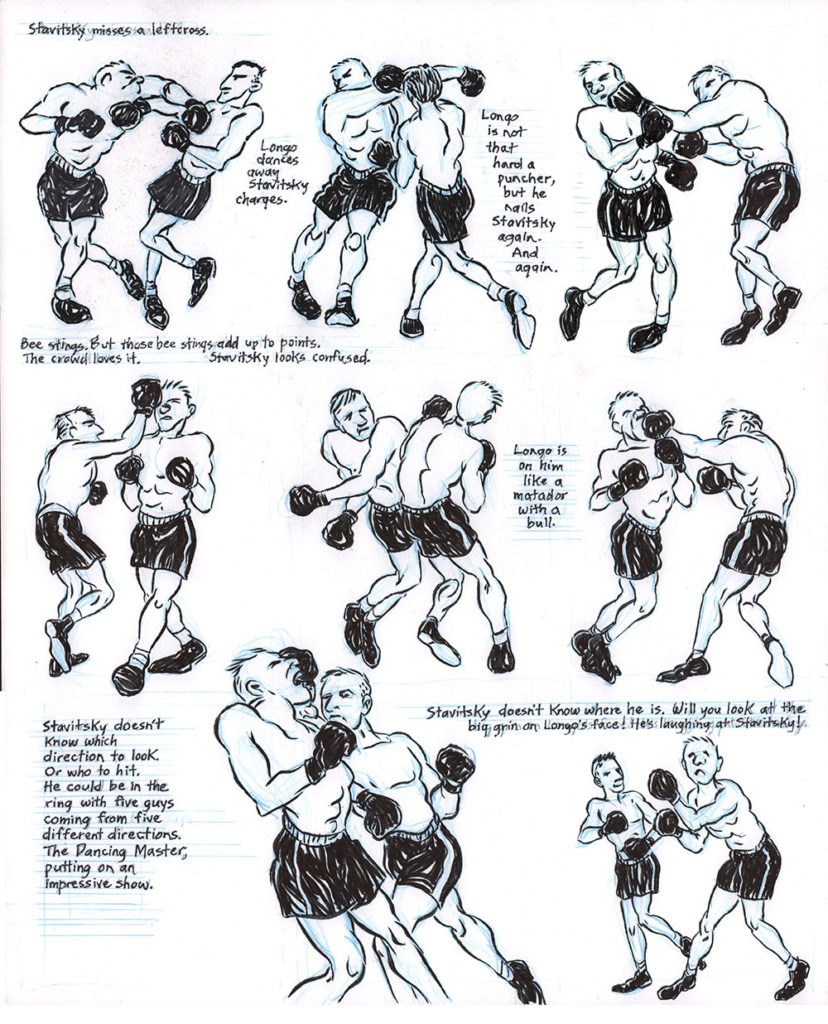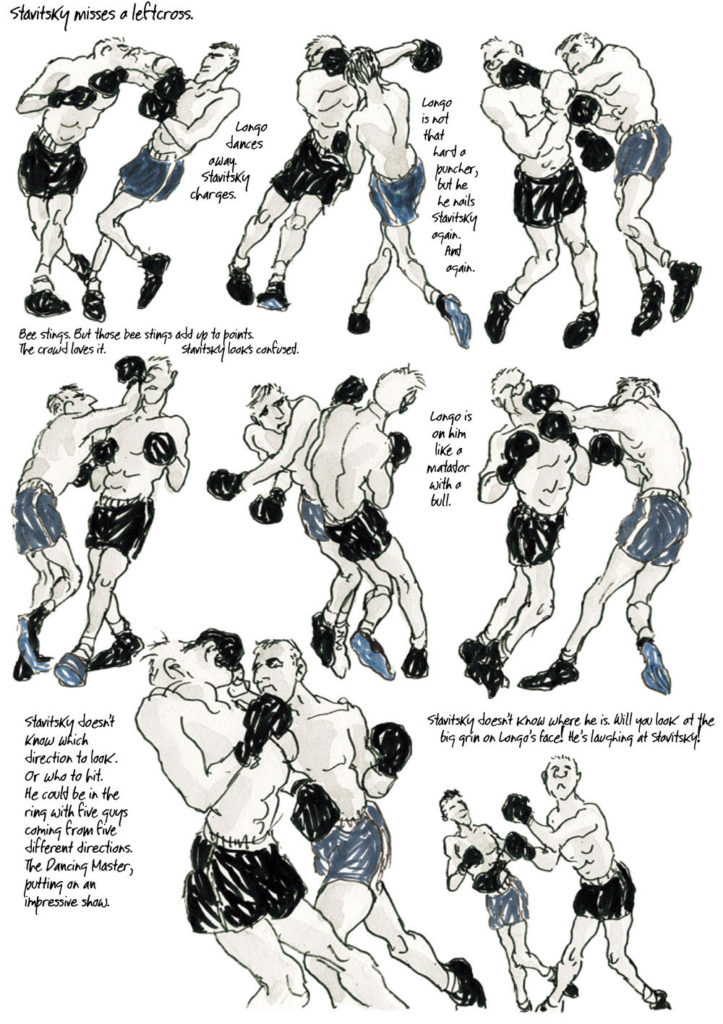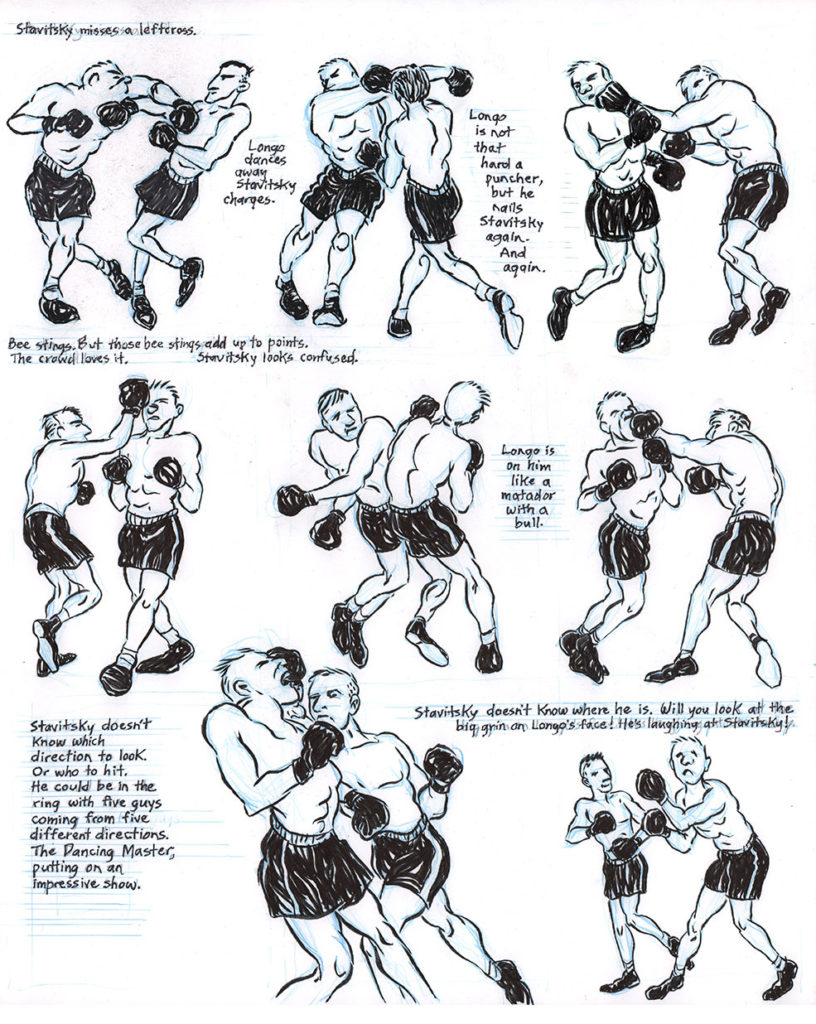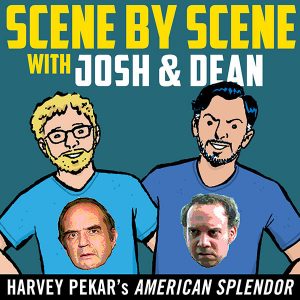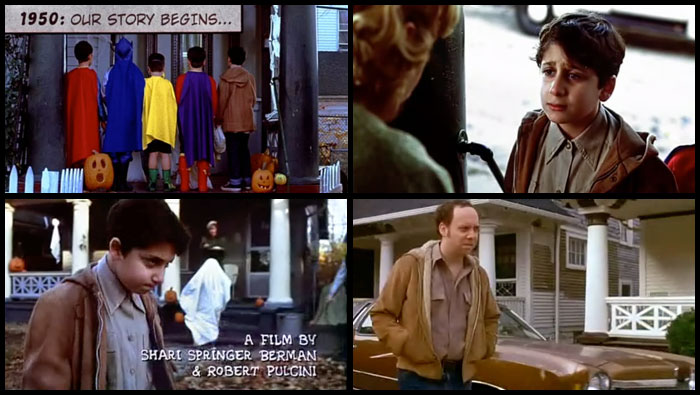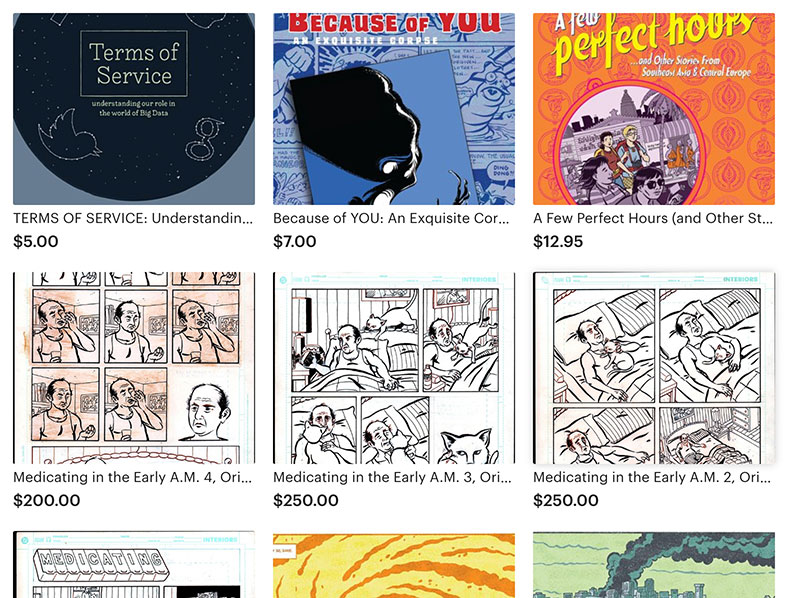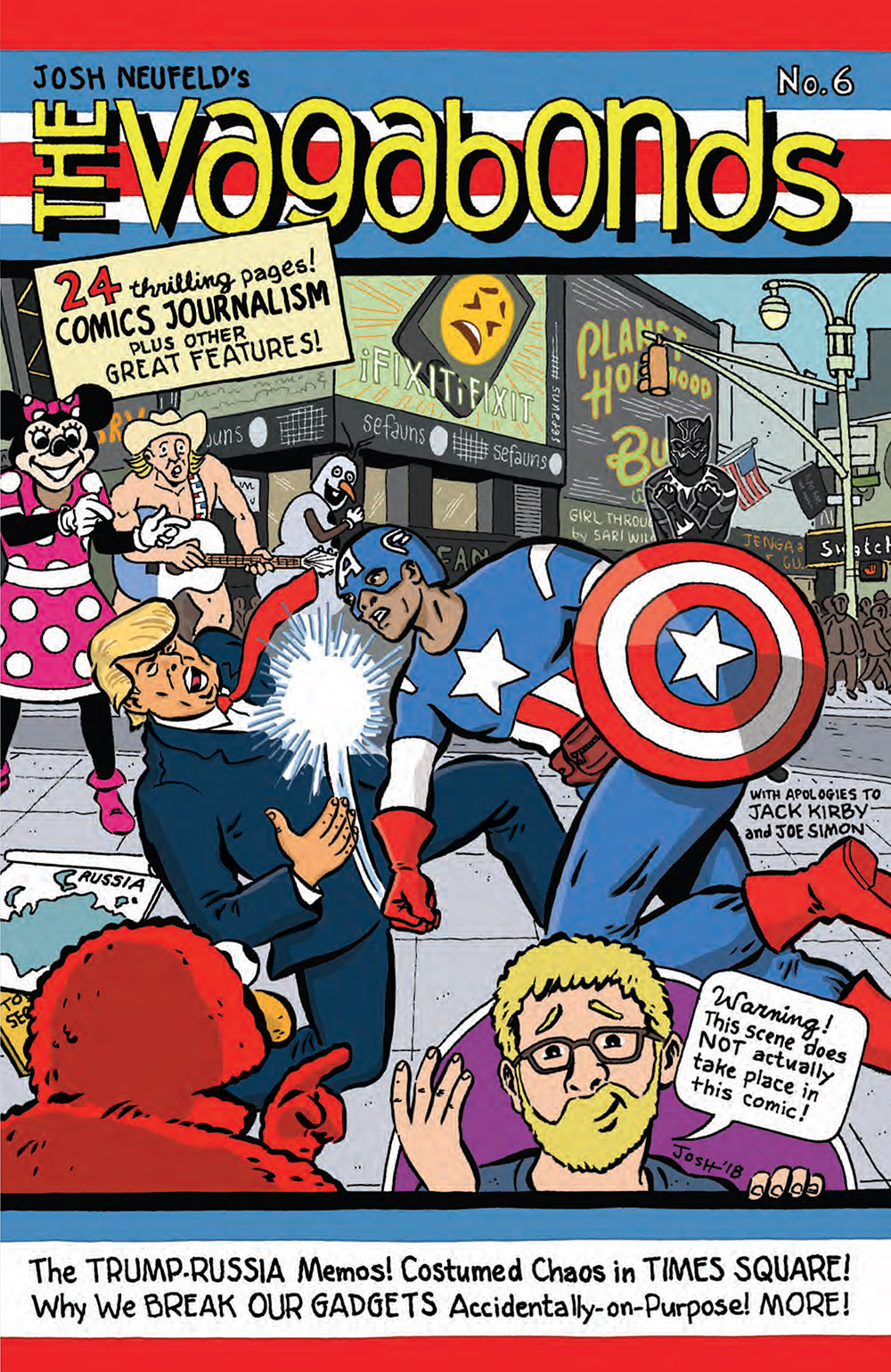I’ll be debuting a new print project this month, Health Care Comics! Published by The Journalist’s Resource (a project of Harvard’s Shorenstein Center), the 32-page comic features three recent stories of mine: “Empathy 101” (2023), “Vaccinated at the Ball” (2022), and “A Tale of Two Pandemics” (2020).
All three pieces in Health Care Comics deal with issues of health equity. I explore and explain an array of recent public health research, drawing on peer-reviewed articles, my interviews with their authors, and additional sources. The authors, activists, and teachers themselves appear as characters in the stories.
All three stories appeared online on The Journalist’s Resource (JR), but in Health Care Comics this is the first time they’ll be collected in print. As ever, I’m grateful to my amazing editor at JR, Carmen Nobel, for making this project happen.
I’ll have copies of Health Care Comics at the excellent one-day festival at the Brooklyn Independent Comics Showcase (BICS), taking place on April 13 in Industry City, Brooklyn (natch).
Being that H.C.C. is a Harvard U./Creative Commons project, I’m not allowed to sell the comic, BUT I can offer it as a giveaway with any other purchase of my work. And I’ll have plenty of other items for sale at BICS, including recent issues of The Vagabonds, Keyhole 25, and of course my books A.D., The Influencing Machine, and A Few Perfect Hours.
So come to BICS and say hi: further enticements to attend are the planned presences of my old pals Dean Haspiel, Whitney Matheson, and Nick Bertozzi, who will be debuting new work as well! Remember: April 13, 2023, at St. Mark’s Comics in Industry City. Here’s a link.

